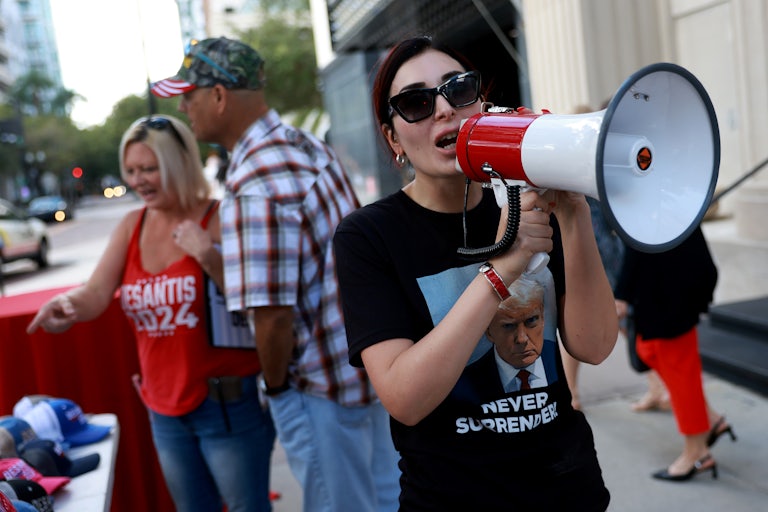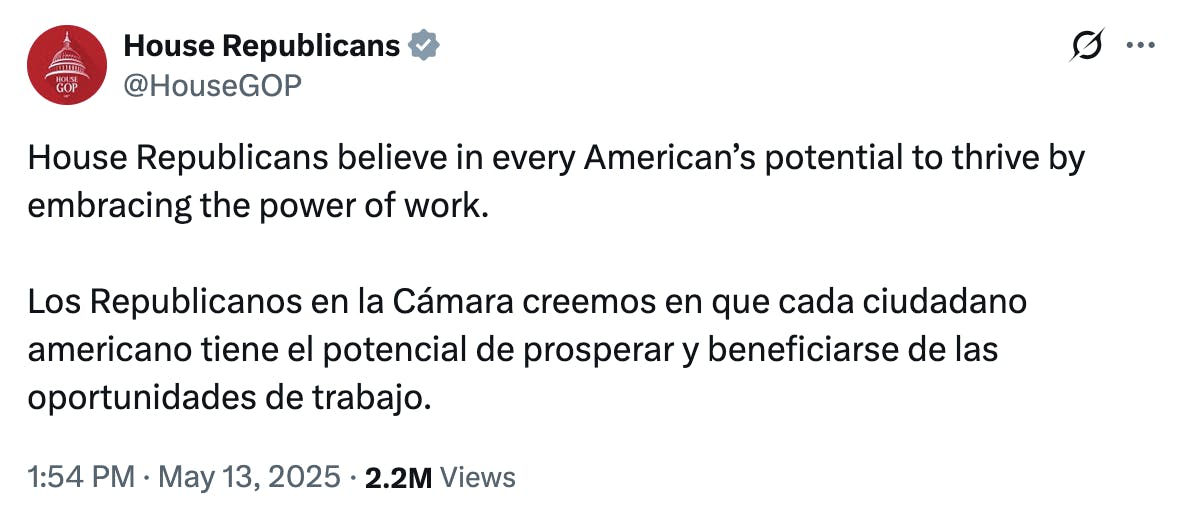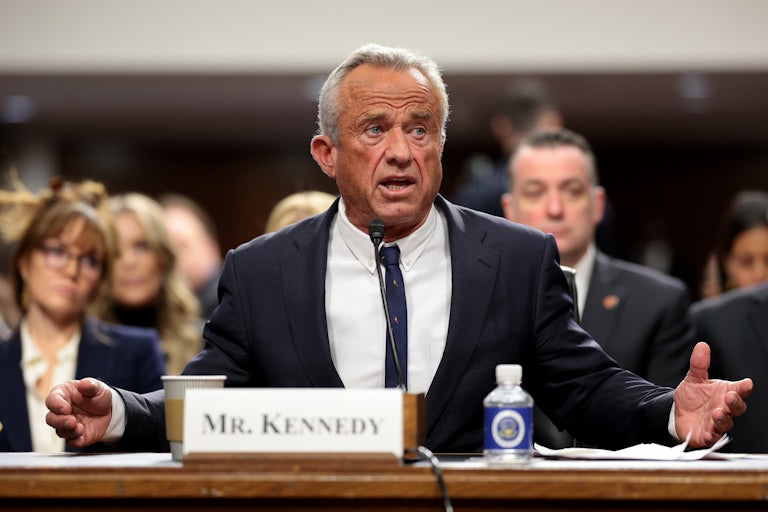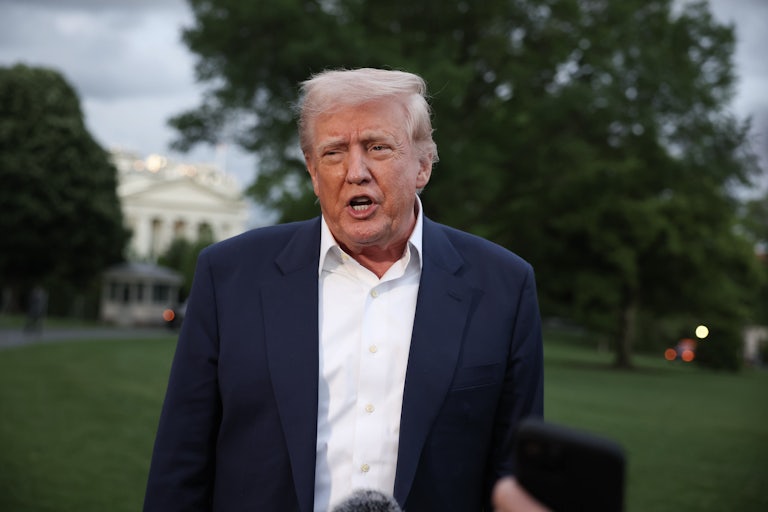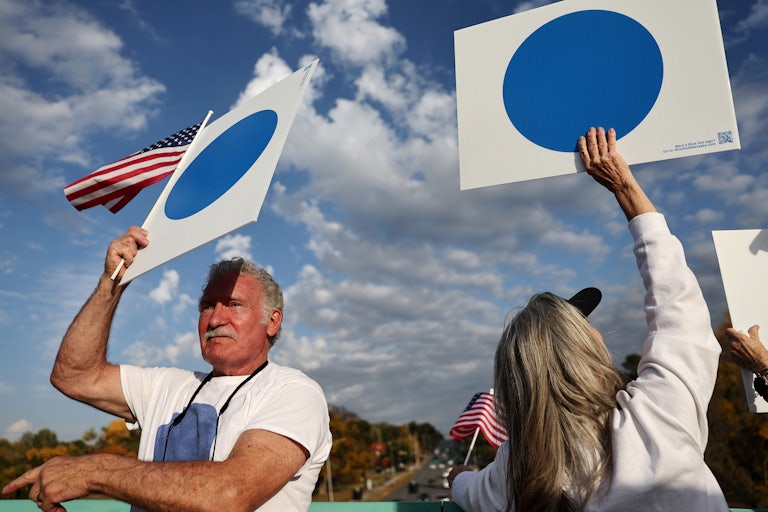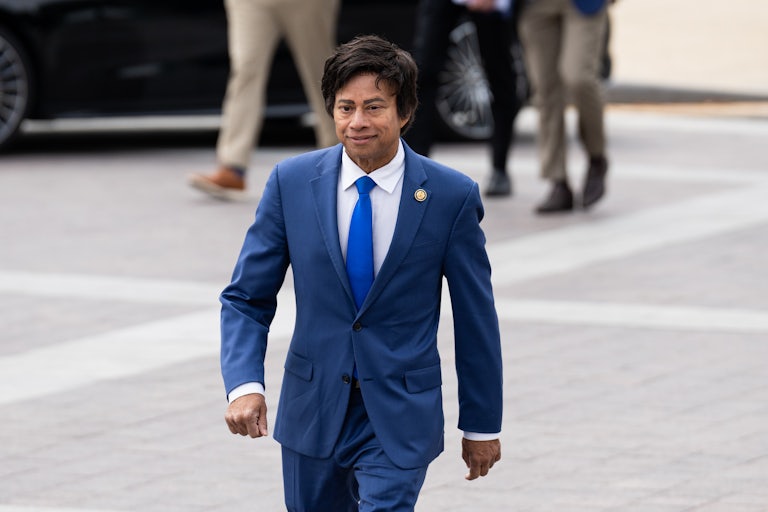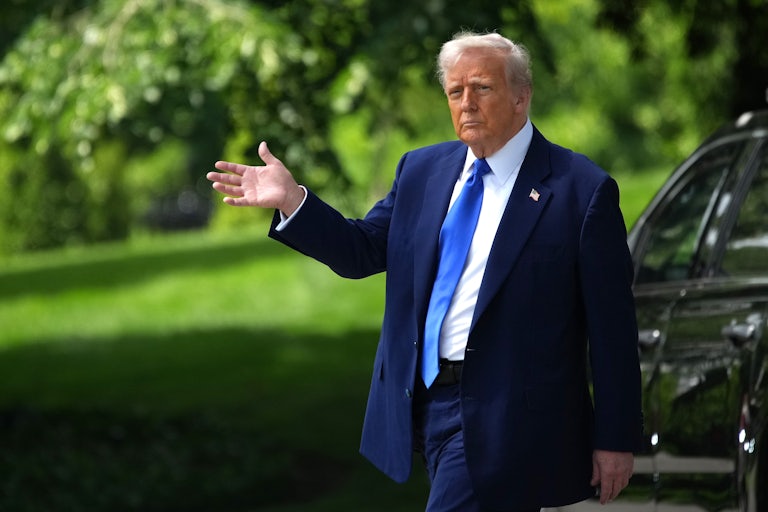Here’s the Real Reason Trump Caved on China Tariffs
Donald Trump’s own inner circle warned him the tariffs could be disastrous.
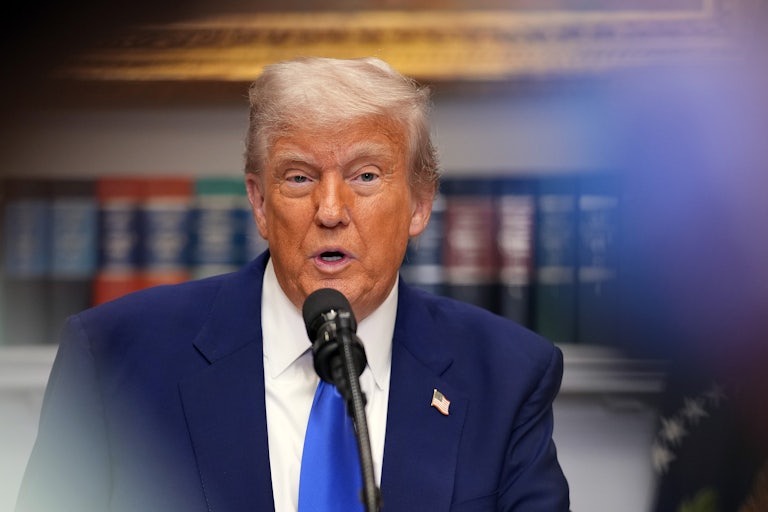
The U.S. president’s sudden about-face on Chinese tariffs didn’t happen because he thought it was a strong economic idea but rather because it would hurt “Trump’s people.”
Over the course of April, White House chief of staff Susie Wiles, Treasury Secretary Scott Bessent, and other senior aides impressed on Donald Trump that MAGA supporters across the country would be “in danger” if the tariffs didn’t decrease, reported The Washington Post Wednesday. That was enough of a window to allow Bessent to negotiate with the Chinese government.
“The key argument was that this was beginning to hurt Trump’s supporters—Trump’s people,” an unidentified source briefed on the talks told the Post. “It gave Susie a key window.”
Bessent announced early Monday that U.S. tariffs on China would temporarily decrease from 145 percent to 30 percent for the next 90 days. The suspension followed a multiday meeting in Geneva where Bessent and other U.S. officials met with their Chinese counterparts and temporarily put aside some of their differences. On the flip side, China said it would lower its import tariff on American products to 10 percent from 125 percent.
Both nations agreed to maintain a reciprocal tariff rate of 10 percent, according to U.S. Trade Representative Jamieson Greer, who called the arrangement a “deal.” The extra 20 percent on China is punishment for the country supposedly not doing enough to stop fentanyl from entering the U.S.
It was a stark reversal of what Trump had believed just days prior, when he posted on Truth Social that an “80 percent Tariff on China seems right!”
Markets have been in an anxious state of flux since Trump first announced his sweeping tariff plan, in early April. But not all of the tariffs have stuck around: Duties on Colombian trade, for instance, didn’t last more than a week, while other tariffs were rolled back in less than a day. And when it comes to America’s three biggest trading partners—China, Canada, and Mexico—the White House has reversed course more than half a dozen times.
That rapid change is happening because Trump is simultaneously attempting to fundamentally alter America’s international trade arrangements while trying to skirt any negative repercussions that could stem from the massive overhaul.
“The reason why the tariffs go up and come back down is businesses or markets are pressuring him to back off,” Dartmouth College economist Douglas Irwin told the Post. “The volatility is just reflecting the difficulty of achieving the objectives in a very short span of time.”
And that volatility is hurting the economy.
Droves of financial and economic experts have insisted that tariffs on other nations will only serve to harm America and its markets, making products more expensive stateside and making American consumers less likely to spend their money (something that Trump doesn’t seem to have any problem with, actually). The Harvard Kennedy Business School even floated in April that America’s trade deficit basically doesn’t matter, writing that “Americans earn more from, or earn just about as much from, their total investments abroad as foreigners earn in the United States.”

